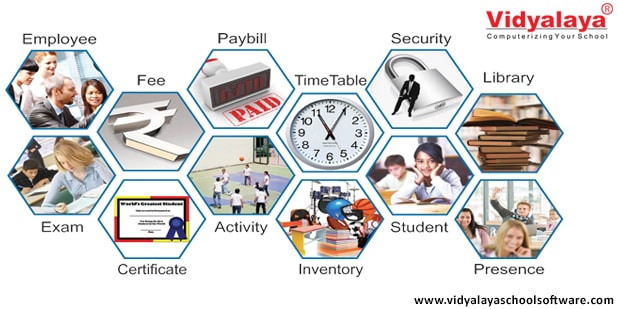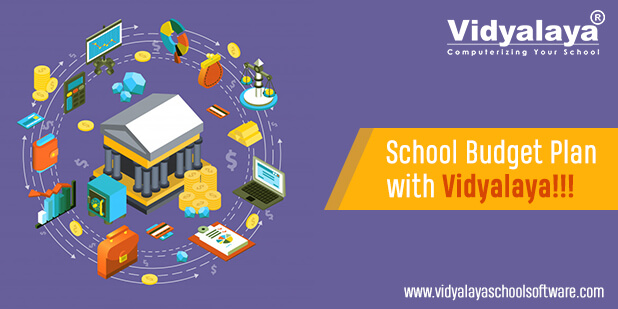HR professionals have a critical strategic role in the education sector. Teachers have a diverse duty that includes teaching, caring, listening, learning, problem-solving, mentoring, and other responsibilities. Implementing an HR Management System is one technique to improve the working conditions for teachers and other school employees.
It manages all HR processes and makes them as simple as possible for your organization and employees. It enhances learning results as well as the reputation of your organization. The effectiveness with which these tasks are managed is inextricably linked to how well teachers are treated at work.
Do I need an HR management system?
The question of whether a school requires a human resources department is not easily answered. If you ask the question to a range of educators, school administrators, and human resource experts, you will most likely receive various responses.
Many professionals, for example, would advise you that the amount of personnel in a school is the deciding element. Many educational institutions believe that they do not require an HR department. However, there are some considerations to consider before choosing this matter.
Here are a few examples of how HRMS enhances personnel management in the education sector:
- Eases attendance management
It is just as crucial to track instructor attendance as it is to measure student attendance. Managing staff attendance is much easier using HR software. They can sign in using their mobile devices with IP and geo-restrictions. To capture employee attendance, you can also combine your biometric and attendance devices with your HRMS. Your staff can also verify their attendance hours and time off. It saves you and your employees time.
- Improves learning and development
The educational system is constantly changing, and teachers must keep up. They are expected to gain expertise in a variety of subjects to improve the student’s learning process. For them to gain these qualities, they must engage in ongoing professional development. One of the most significant features of an HRMS is a Learning Management System (LMS), which streamlines employee learning and development.
It offers blended and self-paced learning, allowing employees to select the best learning style for themselves. Teachers may train from anywhere using features like e-learning and mobile learning, and they can refer to learning resources anytime they need them. It recommends the best course for teachers based on their function, designation, and job description.
- It makes communication more effective.
Effective teacher communication improves the workplace atmosphere and allows your staff to keep on top of their particular subjects. It also allows them to stay up to speed on all key announcements to share with their pupils. Teachers can use an internal chat system with an HRMS, and It can avoid communication gaps entirely. It is possible to form specific groups. For example, teachers responsible for a specific subject can form a group to discuss teaching strategies. It can also use it to live stream important announcements to your entire company, ensuring that everyone is updated. Employees can debate their subjects and teaching ideas in internal forums.
- It helps employees perform better.
Employee performance is critical in the education sector since instructors are actively involved in developing the brains of future generations. With an HRMS’s performance management system, you may acquire all of the evaluation tools you need to improve your employees’ performance. It can use continuous performance reviews to help staff understand their role in achieving your institution’s goals and objectives.
After the review, employees can provide feedback on the review system to help you understand their point of view. The 360-degree feedback system enables any employee to provide input on a colleague’s performance. It can obtain employee performance reports to determine which abilities require additional training.
- Enhances the query handling process
Your employees will have several questions, and answering them should not be difficult for either party. With centralized case management, your employees can easily contact the person who will handle and track the status of their request. It guarantees that all inquiries are processed as soon as possible. For example, if your employees need to order a specific book for reference, they can submit a request, and you may put the person in charge of processing the request and establish a deadline.
- Provides easy access to documents
Lecture notes, lesson plans, textbook PDFs, question papers, student attendance records, and other documents must be dealt with by your staff in the education sector. Your staff can use a document management system to organize everything in a central repository and access it on the go. All of the documents are just a click away, which saves time and boosts employee productivity. It can also share the documents online for review and approval.
- Recruiting the right people
It is critical to select and appoint the correct individuals for your institution. It’s not only about choosing the appropriate people for the job, as schools are more focused on providing high-quality results. Recruitment should be undertaken to find the appropriate employees who enjoy working with your school and want to advance to solve the school’s long-term goals.
- Administering the ‘student life-cycle.’
When a student is admitted to the time they leave the school; several activities must attend. You must manage student data, streamline administrative duties, improve school-to-home communication, and recognize and reward student achievement and success. So, whether your school is public, private, foreign, or charter, the level of efficiency in administering student activities is what matters.
- Taking care of the payroll
When you have teachers, librarians, non-teaching staff, and all the other individuals who make up your school’s human resource, you have payroll, and there is no getting around it. Employee payroll processing is a time-consuming task that is typically outside the scope of most schools’ expertise. As a result, merging human resources and payroll will enable automatic updating, decrease paperwork, and make it easier to provide accurate data.
Because your employees are in charge of teaching students, you must effectively manage them as an HR manager in the education industry. Every HR process in your organization may be streamlined and automated using HRMS. Employees may monitor their attendance, request time off, enroll in classes, access documents, and more from any location.
Our HR management software manages all of your HR processes and ensures that your employees have a positive experience. It allows employees complete control over their administrative responsibilities, which helps to boost employee morale and satisfaction.





















